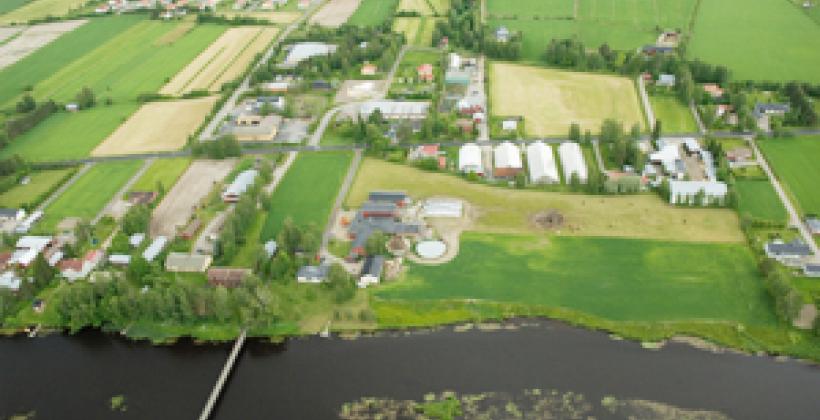
Location
Description
The SOLUTION city Lapua is located in the South Ostrobothnia region in western Finland and has a population of approximately 14 000 inhabitants. The total area of Lapua is 751 km², of which the core city area that incorporates all of the Lapua demonstration site measures about 40 km².
Before the SOLUTION project, the core centre of the city was already equipped with a district heating system and a bio-CHP-production; building automation system provided a central access to data for city-owned buildings.
The project activities focused on the construction of 18 new buildings and the refurbishment of 1 existing building – the Niittypuisto care home.
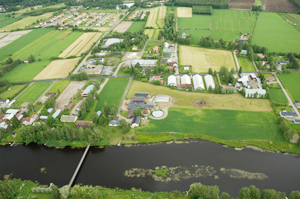
Overview of the CONCERTO area in Lapua 
icture 1 - Map of the new residential area “Ala Nurmo” 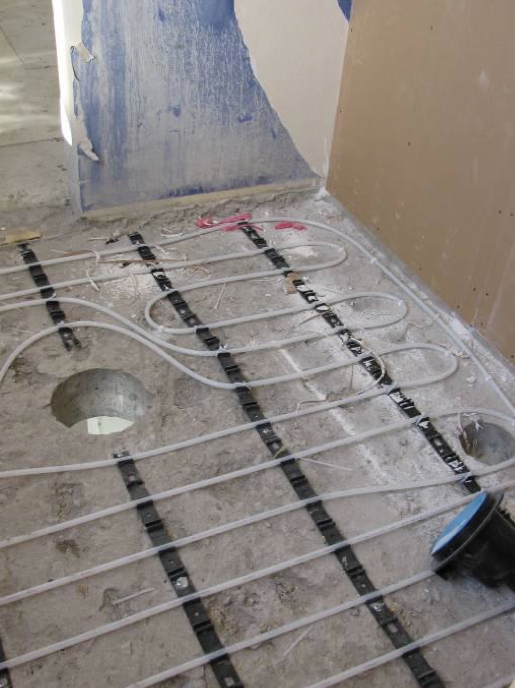
Picture 2 - New low temperature heating for sanitary rooms at the home for elderly people 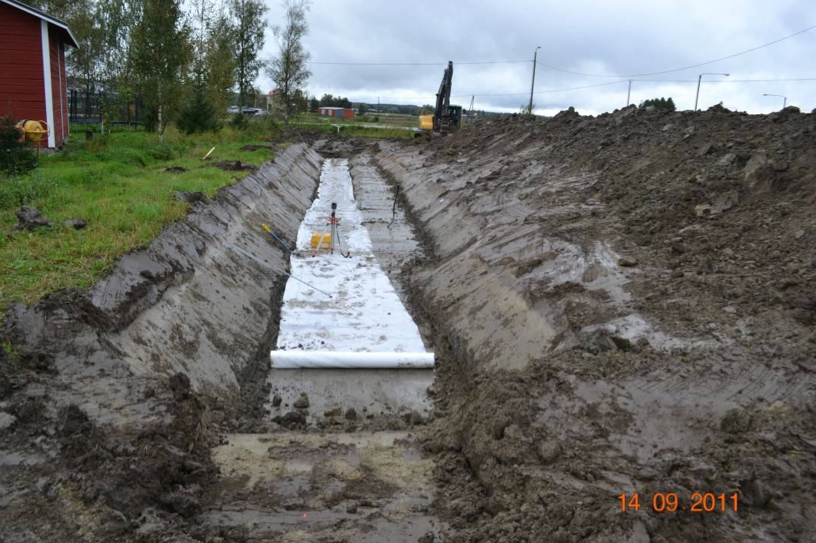
Picture 3 - New district heating connection for “Ritamäki” School 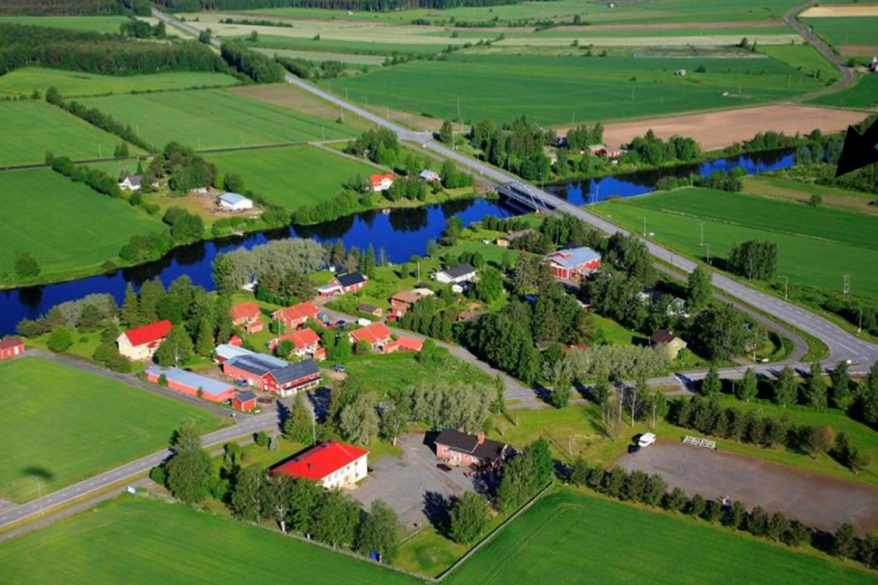
Picture 4 – Pouttu with field for new building area on the right 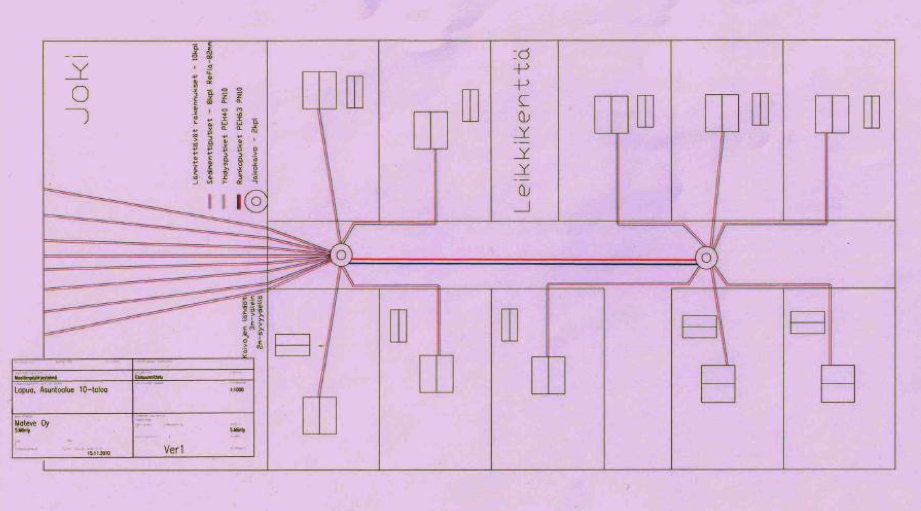
Map 1 – The planned district network for 10 detached houses at Pouttu 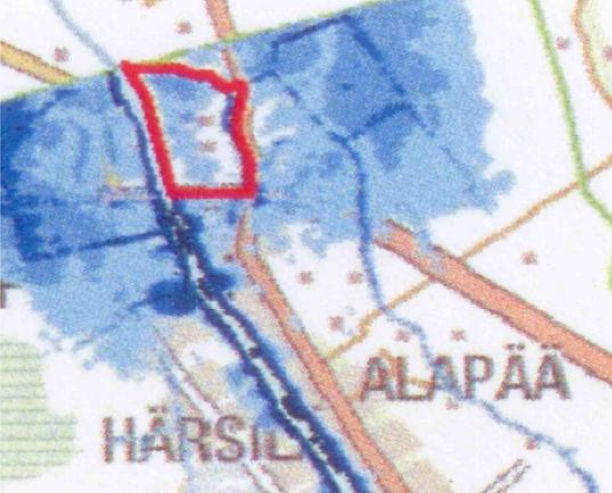
Map 2 – The general “Pouttu” area (marked with red line), of which the CONCERTO area is the mid-western part
Demo Site Expected Impact
*The KPIs for the buildings are compared with the baseline of a reference building.
Overall a gross floor area of 5983 m² was newly constructed and the total refurbished area was 3174 m2. As a result of the energy efficiency, the total energy consumption was reduced from an average of 160 kWh/m²/yr (business as usual) to 80 kWh/m²/yr for the renovated building, representing a decrease of 50 % in comparison to the reference building.
The total energy demand of the new buildings was calculated to be 38 kWh/m²/yr, while the figure for the reference building exceeded 60 kWh/m²/yr. This resulted in 479 MWh/yr of final energy savings for the new buildings based on the design data. With regard to the monitoring data, no savings were achieved at Niittypuisto as the occupation level and the functional status of some areas within the building changed significantly after the refurbishment. At the request of the project, this building’s detailed data is not included in the present publication.
With regards to the refurbished buildings, the primary energy savings increase to 850 MWh/yr, while the CO2 reduction amounts to 395 tonnes per year.
Site facts and figures
- Estimated population involved: 14.000
- Approx. geographical area coverage: 751 km2
- Approx. energy saving: 35 %
- Approx. energy from RES: 75 %
Technologies
Technologymix
In the area “Pouttu” a new residential area of 3,5 ha with low energy houses is planned (heating consumption of 75 kWh/m²a for single family houses). Each house will be connected to a low temperature district heating system (DHS) by individual heat pumps. The DHS will utilize low temperature from the sediment of the nearby river as energy source. The heat pump system will provide heating and cooling to the buildings.
At “Ala Nurmo” area (10 ha) residential buildings and a school are built (Picture 1). As the area is situated outside a large existing district heating network, a local district heating will be installed, which is provided by a portable container unit. This container will be equipped with a biomass boiler of 700 kW peak load. When the area grows within the next 10 to 15 years, there is the option to connect the local grid to the large CHP-based grid. At the school building 90 m² of solar thermal collectors will be installed to supply the school and to feed surplus energy into the new DHS.
The focus in the field of refurbishment is put on a home for elderly people “Niittypuisto” (Picture 2). The building envelope will be strongly improved and the heating systems will be refurbished (including connection to district heating). The community owned school building “Ritamäki” (Picture 3) has been connected to the district heating as well. A Healthcare Centre will be equipped with highly efficient cooling realized by heat pumps using geothermal boreholes.
In a small SME (small and medium enterprises: a bakery, greenhouse and workshop, which consume 100 m³ of oil per year) a new local district heating system will be installed. It will be supplied by a biomass boiler or by biomass gasification and will also implement a heat-storage. Capacity will be about 500 kW, producing about 1,500 MWh/a.
Two further large-scale projects are planned: a wind farm of nine 3 MW turbines at Jouttikallio, of which one is realized within CONCERTO, and a large biogas poly-generation plant with the outputs of gas (3.12 million Nm³/a), electrical power (1 MWpeak) and heat (1.3 MWpeak). Read more about it in “More detailed”
Low temperature Heating and Cooling at Pouttu
Pouttu is situated beside the Lapua River (Picture 4). In the demonstration area a new residential area of 3,5 ha with low energy houses is planned (heating consumption of 75 kWh/m²a for single family houses). Each house will be connected to a low temperature district heating system (DHS) by individual heat pumps. The heat pump system will provide heating and cooling to the buildings.
The DHS will utilize the river sediment as a heat source and heat sink. Pipes will be placed in the river sediment. A draft plan for 10 detached single family houses can be seen in Map 1.
Detailed land use planning for Pouttu requires flood risk assessment as well as geo surveys. Both surveys have been performed. Map 2 shows the risk of worst flood every 100 years. The darker the blue the higher is the flood risk. According to the statement there is some risk of flooding and all structures that can be damaged by water should be constructed above N60 +29.8 m. This is about 1 meter higher than the current ground level. Building projects are required to take the flood risk into consideration for their construction plans.
Biogas Polygeneration Plant
This projected plant aims to demonstrate the entire bio-gas poly-generation system, starting from locally produced bio-waste (sewage sludge, bio-waste from starch-industry, food processing plant and also from farmers) and ending up to the use of electricity, heat and gas-fuel in the industrial area close to the new biogas plant. The biogas plant - owned by a SME-ESCO-company - will reach a production of 3,120,000 Nm³ CH4 yearly (equal to an average power of 3,6 MW). Besides the cogeneration of electricity (1 MWpeak) and heat power (1.3 MWpeak) the plant will be equipped with gas-upgrading devices in order to produce purified gas for the industry use and transport purpose. The land use plans for the biogas plant are complete and the company has an environmental permit. Further actions will be reported here.
Buildings and energy
The following interventions were implemented in the new buildings in Lapua as part of the SOLUTION project:
Energy efficiency in buildings
- Heat pumps
Energy systems integration
- District heating
- Thermal collectors
- Heat from the system will be used for domestic hot water and an underfloor heating system, while excess heat will be fed to the small-scale district heating network.
- Geothermal cooling
- Cogeneration
- Wind power
- Heat pump
ICT
- Building energy management system (BEMS):
- There is a remote control for the energy management system, which monitors and analyses energy consumption, and controls the lighting and HVAC systems.
According to the design data, the annual cost savings for energy total EUR 621 354. Based on the poor financial data and lack of investment costs in the deliverables, the payback calculation is not possible.
Lessons learnt
The following information has been gathered as part of the CONCERTO Premium policy research.
Benefits of CONCERTO:
Key benefits:
Improved knowledge of energy efficient and renewable energy possibilities.
Skill development:
Employees of the technical center of Lapua city have increased their knowledge of renewable energy in land use planning and construction planning, energy saving through monitoring and automation, energy efficient refurbishment. Increase knowledge of working with EU projects for all involved.
Local economic effects:
Investments unknown on services side about 80-90% has been provided regionally. 5-8 full-time equivalent (FTE) person-years were required for the planning and construction of the CONCERTO project. Around 7-9 new jobs were created, that will continue to exist.
Barriers encountered:
Legal barriers:
The law for Feed-in-tariffs was delayed several times -> investors delayed their investment decisions. Feed-in-tariff law that was passed during the project and the project flat rate financing to third parties.
Technical barriers:
New system to be implied in new environment → technology was not developed enough.
Solutions: Find new case.
Economic barriers:
Bankruptcy of third party.
Solutions: Find new third party.
Social barriers:
Suspicions towards direct EU funding.
Solutions: Good experiences and dissemination.
Administrative barriers:
Lack of coordination between authorities caused extra work.
Solutions: Meeting where all relevant authorities were at the same table.
Success factors identified:
Social success factors:
Co-operation with other related projects increased awareness of energy efficiency, renewable energy and energy self-sufficiency.
Institutional success factors:
Co-operation between authorities and nearby municipalities increased.
Economic success factors:
The planned energy production schemes have brought investments into the municipality, business have increased their market value by partaking in the project.
Business models used:
Energy Supply Contracting, district heating company owned by municipality, homeowners shared ownership in common heating system.
The CONCERTO approach
Energy saving actions, (including optimisation of the behaviour) in the buildings and new local district heating supplied by biogas polygeneration, bio-boilers, heat pumps, wind power, and effective energy management and remote control system are planned to fulfil the energy requirements in order to reach a share of 75 % of self-sufficiency until 2015.
Highlights
The Lapua city encompasses a wide countryside and uses the surrounding farming areas and forest biomass. In addition to forest biomass, a lot of bio-waste will be used as energy sources. This will contribute to a significant decrease of CO2 emissions.
A wind farm close to the city is planned and the first wind turbine of this farm will be demonstrated in the SOLUTION project. The integration of intelligent solutions through research in supply and demand side management will allow an optimisation of the energy production.
Contact
Building aspects
- Building Energy Services
- heating (only)
- Installed Renewable Energy Sources
- solar thermal collectors
- Technology used to supply the buildings
- district heating (DH) network
- Technology used to supply the buildings
- heat pump: compression
Thematic Field
- New Building(s)
- Refurbished Building(s)
